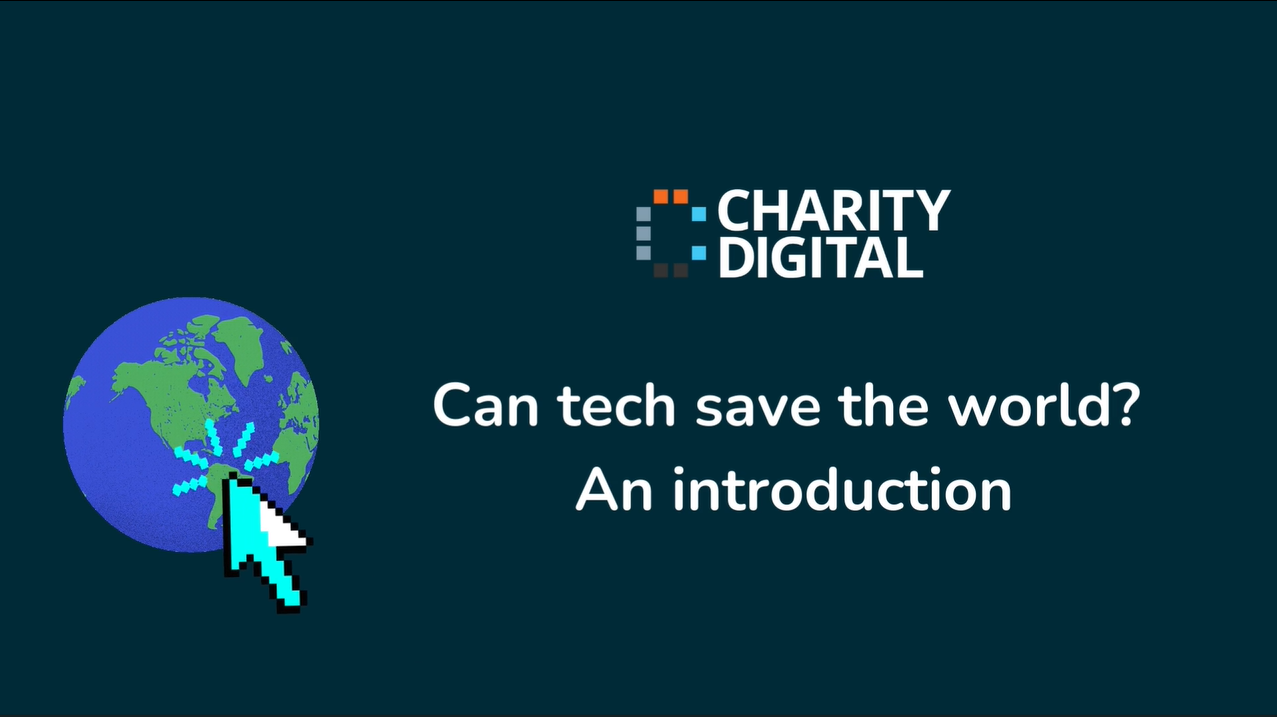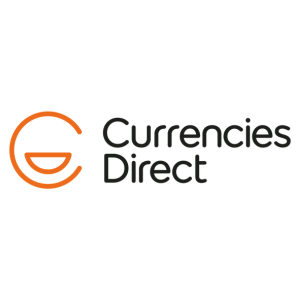Insights
INSIGHTS
All Topics
Finance 101: Exploring impact financing
Green and sustainable finance products push charities further, while protecting the environment. We explore the latest developments
Mission-driven financing has long been explored in the UK. The first purpose driven products were called social impact bonds (SIBs) and environmental impact bonds (EIBs). Charities were at the forefront of these revolutionary products.
Social impact bonds are those that deliver impact and investor returns. The OECD defines a SIB as: “A SIB is an innovative financing mechanism in which governments or commissioners enter into agreements with social service providers, such as social enterprises or non-profit organisations, and investors to pay for the delivery of pre-defined social outcomes.”
In simple terms, a SIB is a bond that funds the work of social providers. Investors buy the bond and expected a return along with impact. Government typically foots the bill by repaying investors for successful outcomes.
The collaboration between Social Finance, the UK Government, and charities including St Giles Trust, Ormiston Families, Sova, MIND, TTG Training, YMCA, and John Laing Training resulted in a first-of-its-kind model.
The group raised funds from trusts and foundations to pay for the charities to deliver a social programme that reduced reoffending rates in Peterborough.
The impact metrics versus investor return proved worthwhile. The Ministry of Justice set a target of 7.5% reduction in reoffending. Charities delivered stunning results. The programme reduced reoffending by 9% when compared with the control group. From this perspective, investors received their full principle back plus 3% interest per annum, paid by Government.
Looking back, the launch of the first SIB changed the marketplace. It signalled that both a return-on-investment and impact could be done at the same time. Investors did not have to sacrifice profit to do good for the community.
How SIBs have evolved
Since the success of the Peterborough experiment, SIBs and EIBs have evolved into fully fledged financial products under the guise of sustainable finance and green loans.
Green loans are dedicated for a specific activity. British Business Bank says: “Green loans to SMEs are typically restricted to funding sustainable business activities such as investment in renewable energy, green buildings, and pollution prevention.”
HSBC, NatWest, and other banks have varieties of green loans. Most offer favourable financing terms when compared with the standard product. For example, NatWest’s green loan under their sustainable finance mandate offer loans for building upgrades, renewable energy projects and so on. The bank waives certain fees and has on offer longer amortisations.
There’s also an option for charities to support other charities.
Triodos Bank and Barclays both offer deposit accounts which are earmarked for ESG purposes. This means when you deposit funds, they are loaned out to projects that do social, environmental and community good.
Impact financing today
Since the first demonstration of success, UK financiers, charities, and government have launched innovative products. Digital has also come to the fore.
Ethex is one of the best examples of charity financing and technology. The organisation is a not-for-profit that hosts an online platform for charities and community benefit societies (CBS). Those looking for funding work with Ethex to develop an offering document which is listed as an advertisement on the site. Then, the offering goes live and is open to investors.
Ethex uses its online and retail presence to connect investors to the right impact and return. The platform accepts debit and credit card, and the funds are then credited to the charity or CBS. The maximum investment amount is £2,000 for debit cards. Consequently, charities looking to raise funds on Ethex require only modest sums.
On a much larger scale, Retail Charity Bonds (RCB) operates similarly to Ethex. RCB uses a special purpose vehicle to list the bond instrument on the London Stock Exchange. Investors then buy the listed bond. Once the offering is on the market, charities repay the sum in addition to interest.
Recently big names like CAF have listed on the RCB, with a £50 million offering. The coupon is 3.5% with the debt outstanding for ten years. On the documentation, CAF reports that the proceeds will be used for general operations and purpose.
Two huge benefits here. First institutional investors can tap into social impact. Second, offerings comply with internationally accepted standards from S&P Global and International Capital Markets Association for social, green, and sustainable bonds.
Christine Chiu
More on this topic
Recommended Products
Recommended Products
Related Videos
Our Events
Q&A session: An introduction to Microsoft Copilot
Join us on the 14th of May for our Q&A session. It will provide a whistlestop tour of Microsoft Copilot’s key capabilities, how they can help charities, and answer all your burning questions around Microsoft’s AI service.
We use cookies so we can provide you with the best online experience. By continuing to browse this site you are agreeing to our use of cookies. Click on the banner to find out more.




















